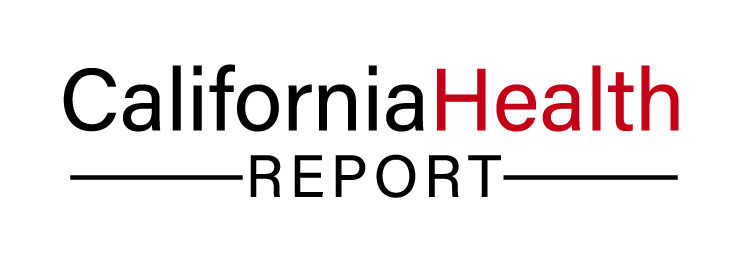
Tucked between two traffic-choked freeways, the southeast corner of Santa Ana is among the least healthy places to live in California. The neighborhood’s air is dirtied with diesel emissions and other pollutants. Nearby businesses release an unusually large amount of chemicals. The community has more hazardous waste clean-up sites than almost anyplace in the state. And its groundwater is threatened by contaminants leaking from underground storage tanks.
A few miles away, along the Newport Coast, it’s a different story. Traffic is relatively light, and the air is clean. There are no industrial chemicals to speak of, little hazardous waste exposure and no clean-up sites. The community is one of the healthiest places to live in California.
This tale of two zip codes – 92707 in Santa Ana and 92657 in Newport Beach – emerges from a new online mapping tool that allows Californians to see a detailed environmental report card for the places where they live, work or play.
Promoted as the first of its kind in the nation, the database scores about 1,800 zip codes around the state and then ranks them against each other on 11 different measures of environmental quality, individually and as a group. (The tool uses “census” zip codes, which are very similar to but not always identical to postal zip codes.)
But it doesn’t stop there. Importantly, the tool also combines the environmental results with several demographic measures that reflect a population’s vulnerability – age, poverty, asthma rates, among others — producing a “pollution burden score” that shows which neighborhoods are most at risk for health problems caused by the environment.
The tool, produced by the state Office of Environmental Health Hazard Assessment, is a potentially crucial link in solving the puzzle of how health and place are connected, and why people who live a short distance apart have such wildly different health outcomes.
As currently designed, the scorecard doesn’t do that. The few health measures it uses, such as asthma rates and the number of low-birthweight babies, were included to help measure a population’s vulnerability. Someday, its creators say, they may link their measures of environmental conditions to other sources that assess the health of a population.
In a very crude experiment to see the potential for this kind of analysis, I plugged those two Orange County zip codes into another online tool produced by MeasureofAmerica.org, which compares life expectancy, education and income by community. The results: if you live in that Newport Beach zip code that California’s environmental scorecard ranks as one of the cleaner places in the state, your life expectancy at birth is 88 years. If you’re born into that other neighborhood three or four miles away in Santa Ana, you can expect to live ten years less, or about 78 years.
That’s a huge disparity, and one that can be seen up and down the state. A correlation between environmental conditions and life expectancy is not the same as cause and effect. It would take a rigorous study to get to really flesh out those connections. But where would you rather live?
The state’s tool is still a work in progress, as its name – CalEnviroScreen 1.0 – suggests. Besides lacking a link to health statistics, its ranking system is based on percentiles, not absolute numbers, like a college professor who grades her students on a curve. That means that even if every zip code in the state became nearly pristine but there were still tiny differences among them, the scorecard would still rank them from best to worst, obscuring any assessment of whether they were all healthy places or not.
The tool is also far more difficult to use than it should be in this age of mobile apps and interactive web sites.
To get the most out of the information, the user has to toggle among three different sources — a mapping tool, a sortable spread sheet that contains the raw data, and a thick report that explains what you are looking at. The definitions of the categories assessed are often too cryptic for the average person to understand, and the first version of the tool published last month didn’t even say whether a “low” score or a “high” score in the ranking system was more desirable (it turns out that low scores are better).
But these bugs will likely be worked out in later versions.
“We’re open to suggestions on how to improve the data and make the scores more reliable, and how to make it more accessible to the general public,” said Sam Delson, a spokesman for the office. “We’re a scientific office, and generally our materials are read and responded to by stakeholders, other scientists, and this is something we realize is drawing a lot of public attention.”
Indeed, the web site drew close to 100,000 visitors in its first two days online, and it will likely remain popular. While Delson said it was not intended to be used to guide local land-use decisions, the information it conveys will no doubt be helpful to neighborhoods looking to fight the next hazardous waste dump or high-polluting factory in their midst.
Information is power, and all of the information in the CalEnviroScreen was already available to public, but only to those who knew it was there, knew how to find it and knew how to make it usable.
The new web tools let just about anybody with access to a computer find out how their neighborhood compares to the community down the road and to towns across the state. And then do something about it.
Daniel Weintraub has been covering California public policy for 25 years. He is editor of the California Health Report at www.calhealthreport.org





